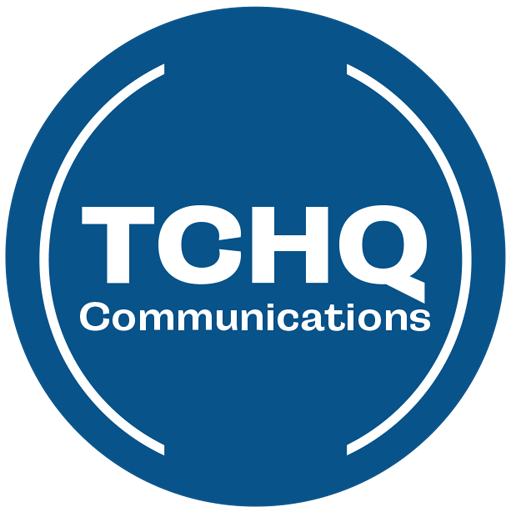Article Read Time

In a world oversaturated with digital ads, pop-ups, and algorithm-driven content, standing out often means breaking the mold. For small businesses, nonprofits, and scrappy political campaigns alike, that’s where guerrilla marketing comes in.
What is Guerrilla Marketing?
Coined in the 1980s by Jay Conrad Levinson, guerrilla marketing refers to unconventional, low-cost tactics designed to achieve maximum exposure and engagement. The name is a nod to guerrilla warfare strategies that rely on surprise, mobility, and creativity rather than brute force. Guerrilla marketing doesn’t need a big budget. It requires a bold idea, a clever execution, and a deep understanding of your target audience.
It’s marketing that doesn’t wait to be invited, it shows up, shakes hands, and gets remembered.
Why Guerrilla Marketing Works
Guerrilla marketing works because it:
- Surprises the audience: Catching them in unexpected places or ways
- Creates memorable moments: Sparking curiosity or laughter
- Amplifies through social media: When done right, it’s instantly shareable
- Builds emotional connection: It feels human, not corporate
Now let’s look at some guerrilla marketing tactics that work and how your business can apply them.
1. Street-Level Advertising: Take It to the Sidewalk
What it is: Using sidewalks, public spaces, or urban fixtures as your canvas.
Real-world example: A dental clinic in Vancouver placed a decal over a manhole cover that looked like a wide-open mouth with bad teeth. When the cover was removed for repairs, the “teeth” disappeared, revealing a message about dental hygiene.
How to use it:
- Use sidewalk chalk or temporary paint to place calls-to-action near high foot traffic areas.
- Turn benches, lampposts, or public bike racks into clever extensions of your brand (with permission).
- Ideal for local brick-and-mortar businesses or grassroots campaigns targeting neighborhoods.
2. Flash Mobs and Public Spectacle
What it is: Coordinated, surprising public performances or stunts that draw attention and generate buzz.
Real-world example: T-Mobile organized a surprise dance party in London’s Liverpool Street Station that was recorded and turned into a viral ad. It was fun, unexpected, and instantly shareable.
How to use it:
- Organize a quick, attention-grabbing event in a public place — think coordinated dances, impromptu rallies, or campaign-style “freeze” moments.
- Make sure someone films it for social sharing.
- Requires energy, planning, and a clear brand connection to the stunt.
3. Sticker and Poster Takeovers
What it is: Distributing clever stickers or posters in unexpected places to drive curiosity and brand awareness.
Real-world example: The TV series The Walking Dead placed stickers of bloody handprints on bathroom mirrors in bars and restaurants with a tagline and premiere date. Creepy? Yes. Memorable? Absolutely.
How to use it:
- Create simple but striking visual materials, provocative, funny, or mysterious.
- Post them in legal areas or work with local businesses to display them on windows, bulletin boards, or products.
- Keep your contact or campaign info discreet to spark curiosity and organic searches.
4. Interactive Installations
What it is: Physical installations people can touch, walk through, or take photos with.
Real-world example: The nonprofit “Stop the Traffik” installed a massive suitcase in London’s Trafalgar Square filled with mannequins representing victims of human trafficking. The emotional impact drew press and donations.
How to use it:
- Design an installation that makes people stop and think or laugh.
- Encourage selfies with branded hashtags or QR codes.
- Partner with local artists or student groups to co-create for visibility.
5. Ambush Marketing
What it is: Hijacking the attention from a bigger event without officially sponsoring it.
Real-world example: During the 2010 World Cup, a Dutch beer brand sent women in branded orange mini-dresses into the stadium to draw cameras and attention away from official sponsors. FIFA wasn’t thrilled, but the beer brand got global exposure.
How to use it:
- Piggyback on local events or parades by showing up nearby with signs, handouts, or branded gear.
- Send in volunteers or team members wearing campaign swag to high-visibility events (legally, of course).
- Works well for political campaigns or scrappy startups trying to build recognition without paying high entry fees.
6. Reverse Graffiti
What it is: Cleaning a dirty surface in the shape of your logo or message, literally marketing by subtracting grime.
Real-world example: A green cleaning product company “cleaned” sections of filthy city walls to reveal their logo and an environmental message. It’s part ad, part art, part protest.
How to use it:
- Use stencils and pressure washers to “erase” your message into a dirty wall or sidewalk (with property owner permission).
- Emphasize eco-friendliness, transformation, or “cleaning up the system.”
- This works beautifully for eco-conscious brands and reform-minded campaigns.
Bottom Line: The Best Guerrilla Marketing Tactic Is the One That Feels Human
In a world of digital noise and impersonal automation, guerrilla marketing brings marketing back to the street, back to the people. It’s bold, fun, and rooted in the real world. For small businesses and campaigns without Super Bowl budgets, it can create a splash no algorithm can ignore.
So, the next time you’re trying to cut through the clutter, don’t just run another Facebook ad. Maybe it’s time to grab a bucket of chalk, print some posters, or stage a spectacle in the middle of Main Street.
Just remember: guerrilla marketing works best when it’s:
- Creative, not chaotic
- Targeted, not spammy
- Memorable, not gimmicky
Go bold. Go local. And make ’em look twice. Let’s talk. Let TCHQ Communications help you grow the business and the team you deserve. Looking to take your organization to the next level? Contact TCHQ Communications today at 502-209-7619



You must be logged in to post a comment.